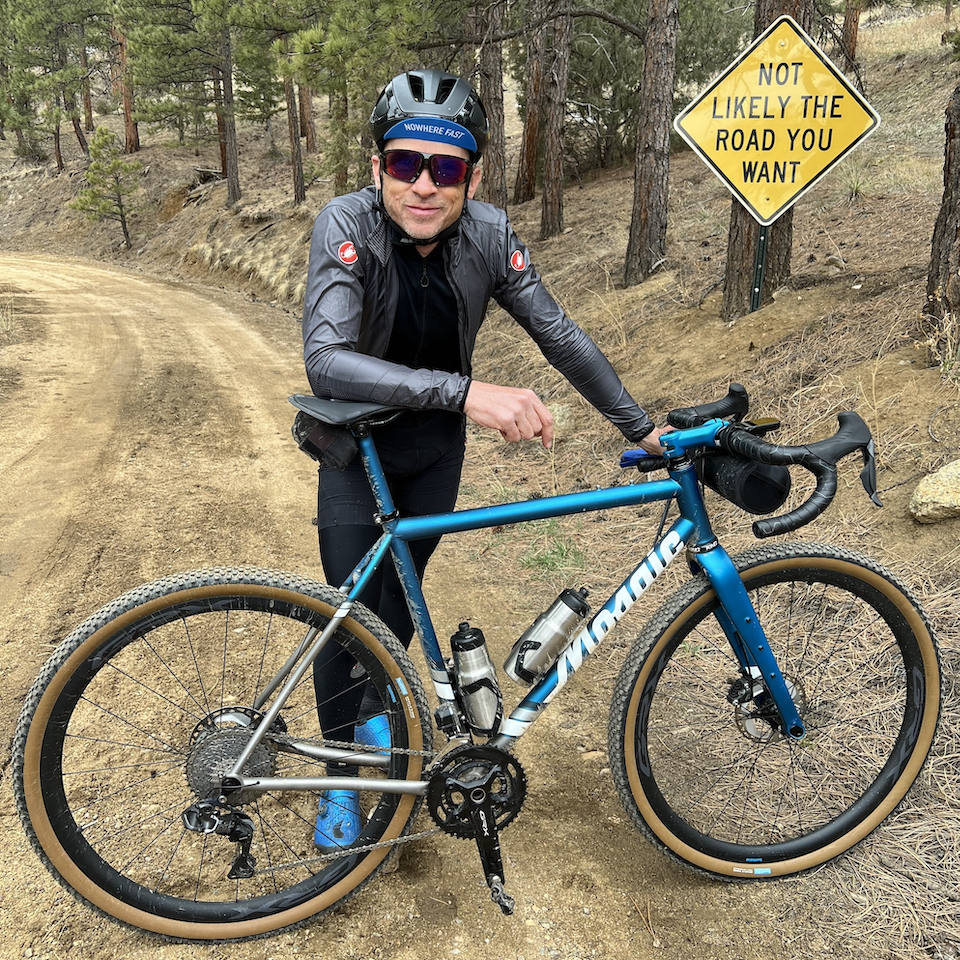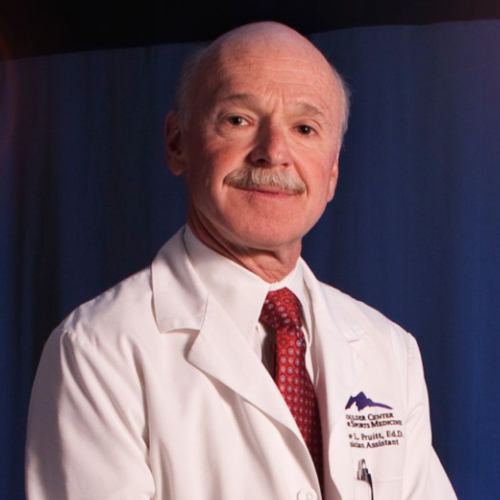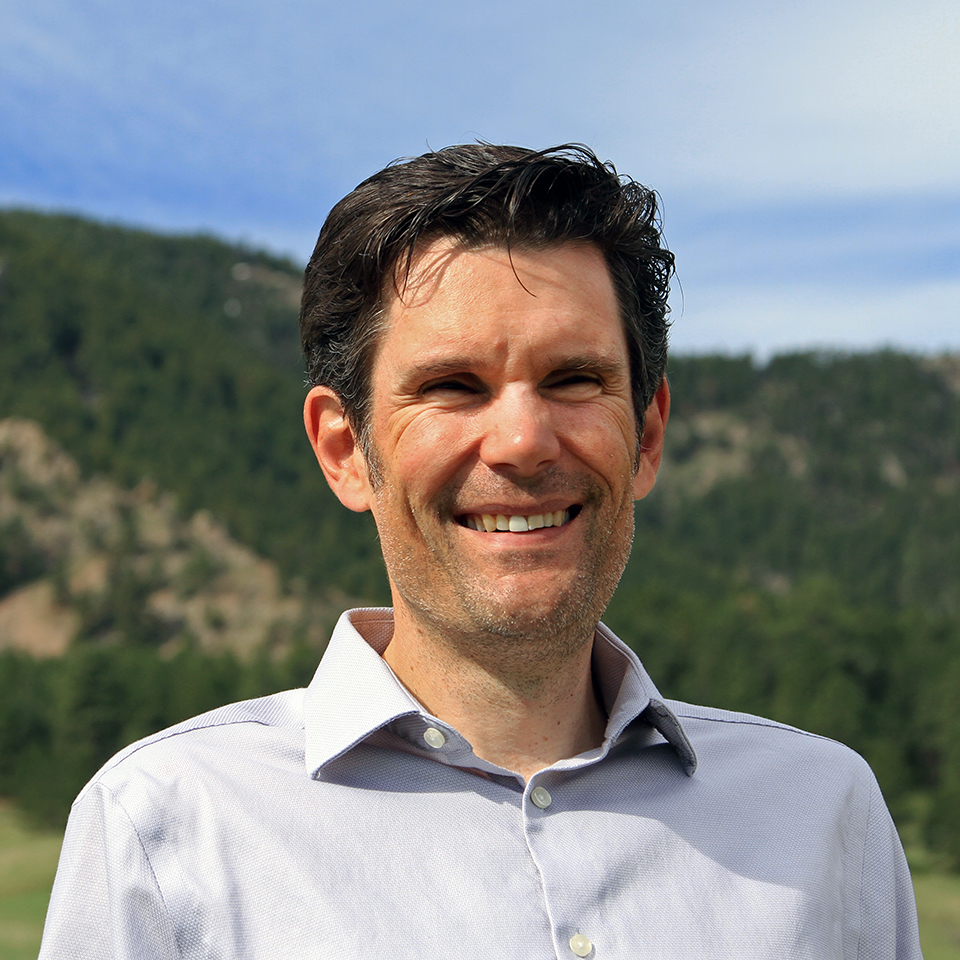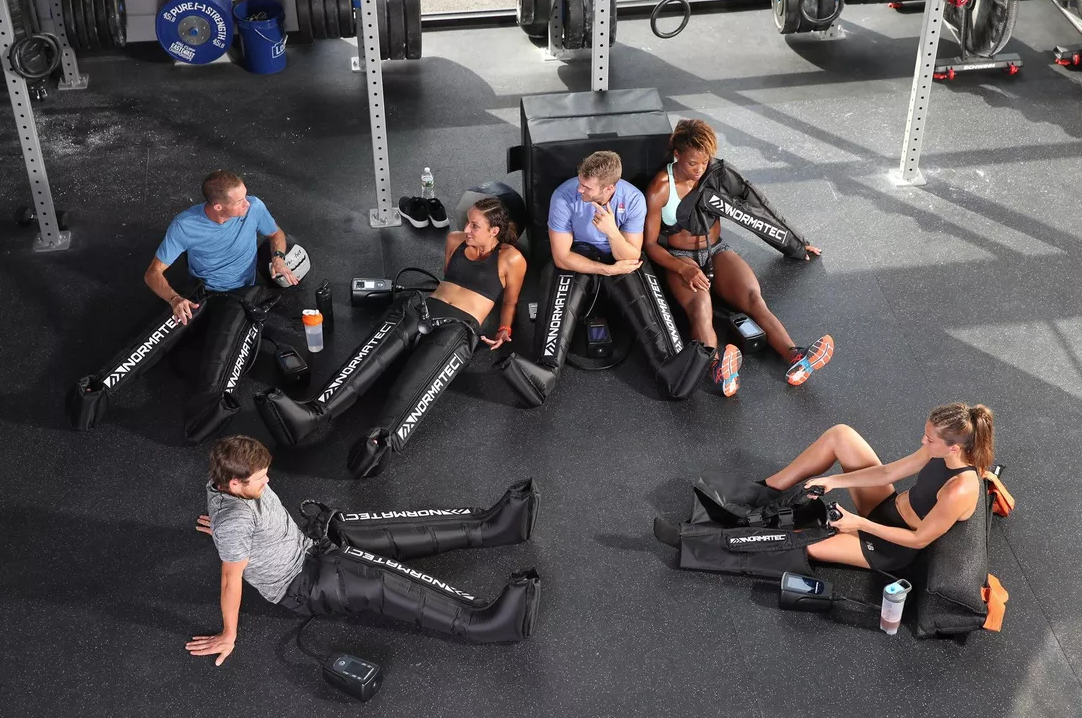
 Recovery Pathway
Recovery Pathway
Experts in this Pathway
What You’ll Learn
Find Faster, Deeper Recovery
Recovery from endurance workouts has a profound impact on our short- and long-term performance. It is during workout recovery that so many significant adaptations take place. In our Recovery Pathway, we analyze the process of recovery from several angles, including the best ways to recover from workouts, how to track and analyze your recovery, and the consequences of not recovering enough from your training.
With the help of some of the leading sports scientists working today, including Dr. Stephen Seiler, Dr. Shona Halson, and our Director of Sports Medicine Dr. Andy Pruitt, as well as coaches Trevor Connor, Ryan Kohler, and Colby Pearce, we examine the importance of recovery, addressing tools like sleep and yoga, and discussing the issues that can arise if recovery is neglected, including low-energy availability and overtraining.
This Pathway will help you better understand the significance of recovery and help you refine strategies for maximizing its benefits.
Recovery 101
The fundamental principle of exercise physiology states that we produce stress—or damage—in training. If that damage is sufficient, our bodies super-compensate and build back stronger. This assumes you give your body what it needs during the recovery process.
In this article, Coach Trevor Connor explains the complex immune system response that leads to recovery, and why it happens in the first place. Finally, he gives an overview of the effectiveness of the major recovery modalities. Further along in this pathway you’ll find deeper reviews of the science of these different methods for enhancing recovery.
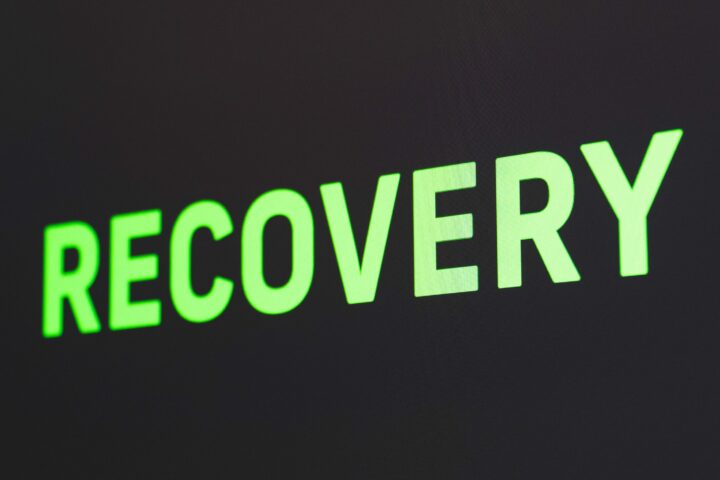
Recovery 101
Know thyself
Your legs—and, by extension, your brain—are your most affordable power meter, fitness tracker, and recovery indicator, all in one. Once you are in tune with your legs and other physical sensations, any additional data sources connected to the bike and body—power meters, heart rate monitors, and so forth—provide excellent supporting data.
In this workshop, we help you understand the decision-making process, and explain how your legs are your first line of defense when you’re on the road and need to decide if today is the day to go hard or go home.

How to Tell If Your Legs Are Ready for a Workout
Low energy availability
As an athlete, you have an engine that needs fueling. What happens to your performance when you under-fuel? Our Head Coach Ryan Kohler presents part 1 of his three-part series on how low energy availability affects performance.

Running on Empty: Low Energy Availability and Effects on Performance
The art of recovery
In Fast Talk episode 45, Dr. Paul Gastin, pro Brent Bookwalter, coaches Mac Cassin and Frank Overton, as well as Armando Mastracci, the founder of Xert training software, help us explore the potential for athletes to use training software to give them clues about their recovery state.
If you think that a blood test or heart rate measure is necessarily better than answering a few questions every morning about how you feel, think again. We discuss some of the tools for monitoring recovery, including tests like the POMS questionnaire of mood, the RESQ scale, as well as heart rate variability. Finally, we’ll hear from several coaches and athletes about what they feel works best when it comes to monitoring recovery.
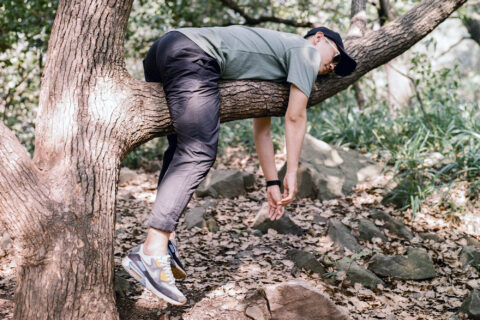
The Art of Recovery—How to Balance Training and Rest with Metrics
Recovery Tools & Strategies
Running from lions
Our bodies are smart. They know how to allow us to keep going, keep pushing day after day, and communicate various signals to keep us informed of our progress. In this article, Coach Trevor explains this process and gives insight into how we can read and interpret what the body is telling us.
This article reviews the often-cited natural painkillers, their effect on the body during training blocks, and what to expect when they are pulled back during recovery weeks. Use this article to inform your approach to designing training blocks, recovery weeks, and enhance your peaking and tapering strategy. It is often the recommendations that sound counterintuitive on the surface that are most important to understand.
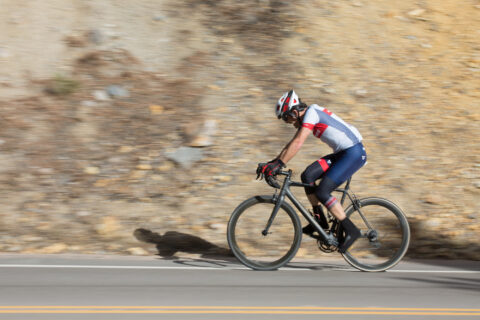
Running From Lions
Passive recovery: the power of sleep
Ah, sleep. If only you could get more of it, and get better at it, and wake up each day well rested. Sleep is the most critical component of recovery. Are you getting enough? And are you getting the right kind? We all know we need sleep, but knowledge is not enough. The focus of this episode is not to convince you why sleep is important, but how to monitor and change your sleep to get the most out of every night.
Our guest, Dr. Shona Halson, is a world-renowned sleep expert. She is an associate professor in the School of Behavioral and Health Sciences at Australian Catholic University. Prior to her current research on sleep, she was a senior physiologist at the Australian Institute of Sport for 15 years. She has a Ph.D. in exercise physiology and has over 100 peer-reviewed publications in the areas of sleep, recovery, fatigue, and travel. Dr. Halson has served as the director of the Australian Olympic Committee Recovery Centre for three Olympic Games.

The Importance of Sleep, Monitoring Devices, and Changing Your Routine, with Dr. Shona Halson
Active workout recovery: The benefits of yoga
Is yoga just fancy stretching? Nope. In Fast Talk episode 143, we discuss why cyclists should consider yoga—from the physical literacy it can provide, to the strength and conditioning element it offers, from the potential for an improved inflammatory profile, to better recovery and relaxation.
It turns out yoga is far more than fancy stretching or breathing techniques, it can be a powerful tool to aid health and performance.
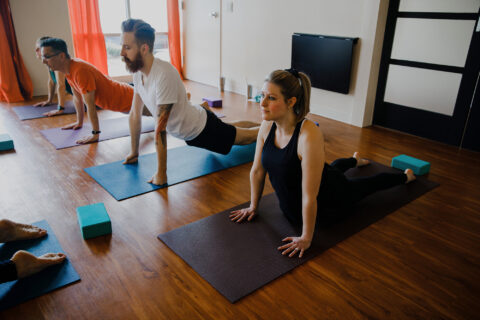
The Art and Science of Yoga, with Sage Rountree
The truth about massage
Long-held beliefs about the benefits of massage are not backed by science. But that doesn’t mean you should stop seeing your favorite therapist. Coach Trevor Connor explores the latest science to reveal the truth about massage, dispel several myths, and detail how to get the most out of your next massage. Then, Carol Passarelli defines other types of manual therapy, and when they are most appropriate for the type of recovery you need.
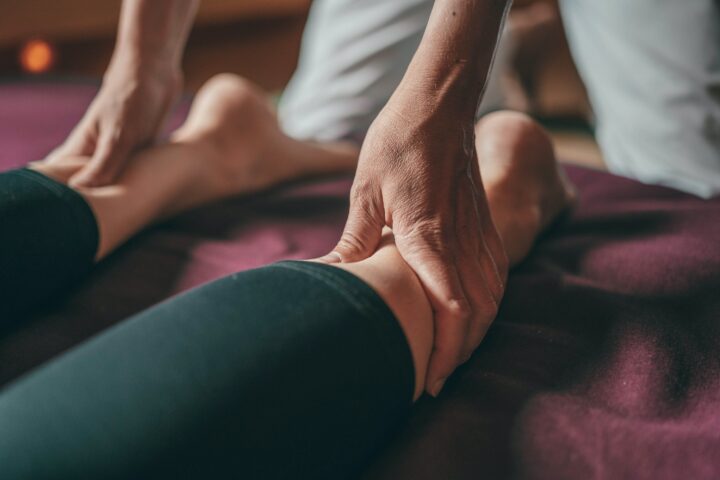
The Truth About Massage
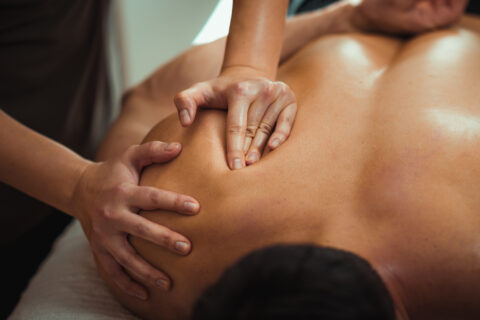
Understanding Different Types of Manual Therapy
How to use Whoop to measure rest and recovery
As a long-time wearer of a Whoop strap—a device that helps athletes track both their strain (workload), recovery, and sleep quantity and quality—Coach Connor dissects his data from a big training block to reveal several fascinating aspects of his strain/recovery scores.
In this video, Coach Connor walks through the Whoop dashboard, analyzes his data, and points out some peculiarities of his physiology that are only revealed through Whoop data.
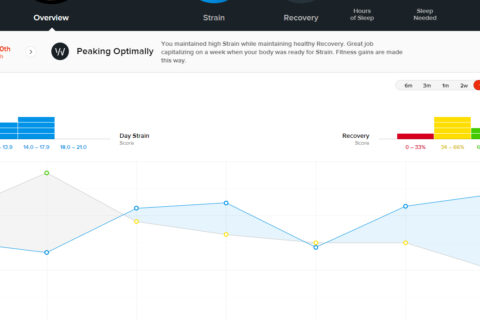
How to Analyze Whoop Data
The benefits of NormaTec and compression
You’ve probably heard this recommendation before: You need to be as intense about your recovery as you are about your training. In a Fast Talk podcast episode, we talk with two guests from NormaTec to discuss active recovery in depth.
NormaTec is a medical devices company that also crafts inflatable compression wear for athletes. Are they space legs? Moon boots? You’ve probably seen them on the legs of cyclist friends or pros. Research has shown this type of recovery enhancement can have significant impacts on a host of factors, both molecular and circulatory.
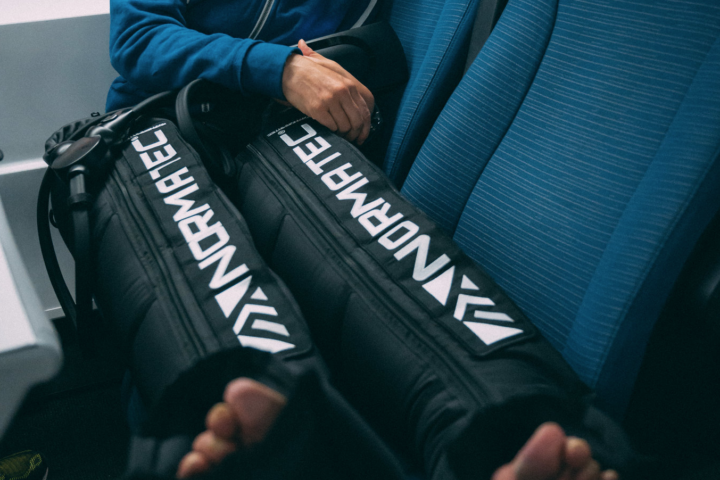
Enhancing Your Recovery with NormaTec
The athlete’s guide to foam rolling
Foam rolling is often overlooked as a way to recover from workouts. In this exclusive video for Fast Talk Labs, strength and conditioning coach Menachem Brodie explains why and how you can complete a structured foam rolling routine to maximize the benefits—and get the most from the roller collecting dust in the corner of your living room.
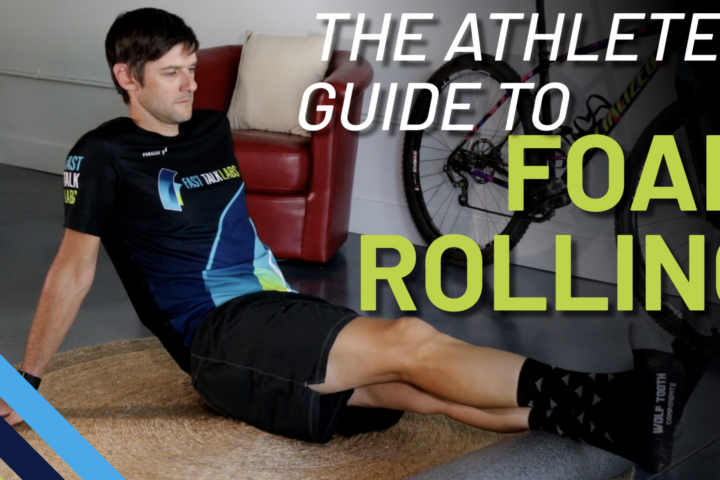
The Athlete’s Guide to Foam Rolling
Recovery during multi-day events
Stage races and other multi-day events offer special challenges. Among the most critical is the ability to recover between stages and prepare for subsequent days of racing. During a multi-day event when time is of the essence, among the many factors that aid in recovery, nutrition, sleep, and organization offer the most significant benefits. We explore how to maximize these key elements in order to maintain good performances day after day.
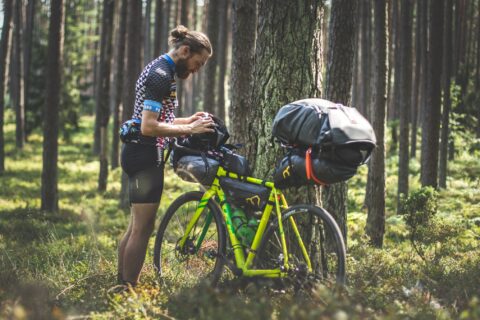
How to Maximize Recovery During Multi-Day Events
The brain’s role in recovery from workouts
Nowadays, there are many training tools available to athletes. So, sometimes it behooves us to return to the fundamentals to really boost our recovery. In this article, Coach Trevor interviews Dr. Andrew Peterson, the Director of Sports Medicine at the University of Iowa. He talks about two of the most important pieces to our recovery—the brain and our nutrition.
The beauty of this? If you focus on the aspects of recovery that give you the biggest bang for your buck, you’ll come out ready to perform. So read this article, get some carbs and protein on board, and get a good night’s rest. You’ll feel better tomorrow!

The Key to Recovery? Take Care of Your Brain
Consequences of Poor Recovery
Why we need an off-season
Taking time off can feel strange, but it’s absolutely necessary. Why do you need an off-season? We sit down with Dr. Andy Pruitt to discuss the physiological and psychological needs of athletes, and how an off-season is crucial to meeting those needs.
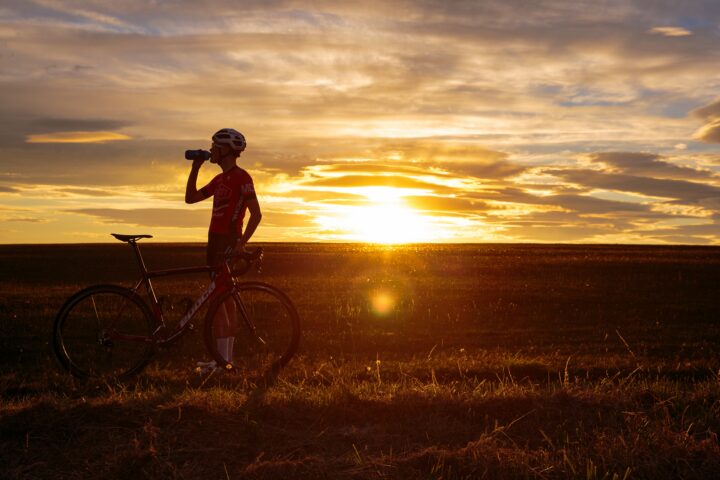
Why We Need an Off-Season, with Dr. Andy Pruitt

The Benefits of Taking an Off Season
Overreaching vs. overtraining vs. burnout
Overreaching, overtraining, burnout: These three terms are often used interchangeably, but there are very specific differences among them. In this podcast, we’re joined by Dr. Stephen Seiler to tease out the nuances of these three states of being.
While research on overtraining syndrome is still in its nascent phase, we now know more about the complex hormonal and physiological complications that can lead to this debilitating condition.
On the other hand, while the term hasn’t long been defined in the scientific literature, overreaching is a training method with a long history. We’ll differentiate between functional and non-functional overreaching, and how to differentiate between the two.
Then there’s burnout, that lack of motivation or mental fatigue that most likely all of us have experienced at some point. Is burnout an inevitable part of being a bike racer?
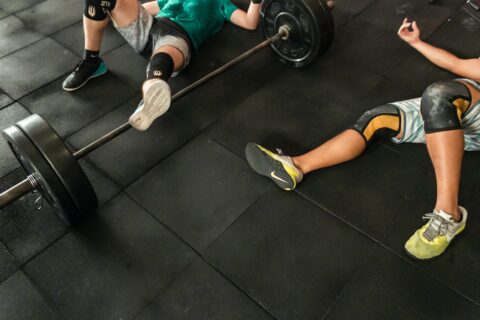
Overreaching, Overtraining, and Burnout with Dr. Stephen Seiler
Join the conversation
Do you have additional recovery questions that you would like answered by our staff and endurance community? Head over to our Forum and post there to collaborate, find additional answers and insights, and contribute your tips for optimizing recovery.
STILL NEED HELP?
Recovery is extremely critical to athletic success. If you still need help understanding how best to recover, schedule a free consultation with us and we will develop a path forward that is individualized for you.
